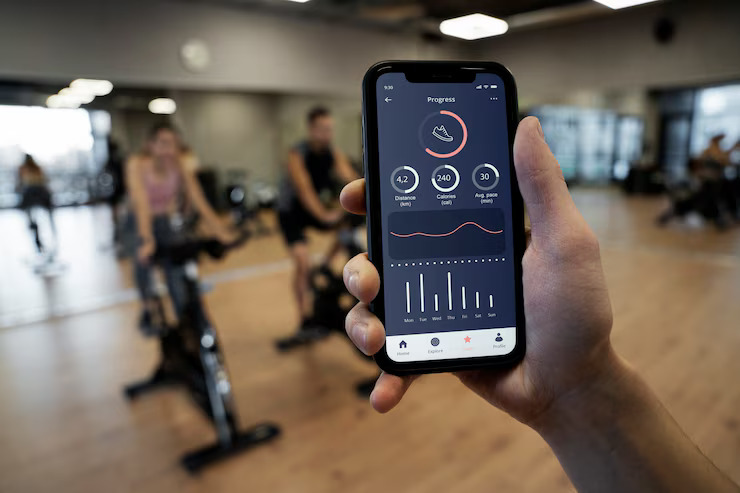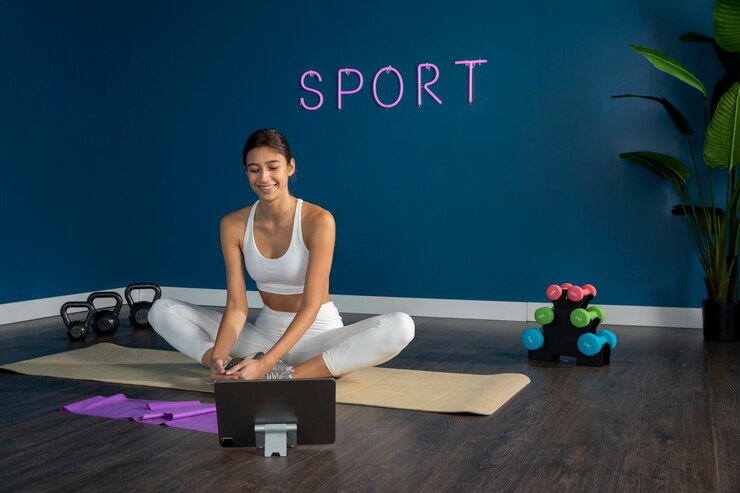
As a small fitness business owner, one of your most critical decisions is identifying your ideal client. This process is essential to building a successful business, attracting and retaining loyal customers, and maximizing profits. But many studio owners skip this step, especially if they still need to determine how they'll stand out in a crowded market. Let's break down how to clearly pinpoint your target client so you can speak directly to them in your actions and marketing.
Why Identify Your Target Client?
You're a busy business owner! Why should you carve out the time to identify your target client?
- Focus marketing efforts: By knowing who the target client is, you can create effective marketing campaigns that resonate with the kind of client who wants to spend money in your business, leading to increased conversions and better margins.
- Offer relevant services: Understanding the needs and preferences of your target client allows you to tailor your services to meet their specific needs and preferences, creating higher client satisfaction and long-term loyalty.
- Make informed business decisions: Knowing the target client helps you to make informed decisions about product and service offerings, pricing, and overall business strategy, which equals improved profitability.
- Build brand recognition: By targeting a specific client, small fitness business owners can build a strong brand that resonates with their target client and increases brand recognition.
Determine Your Niche
The first step to identifying your ideal client is to define your niche. By specializing in what you do well - or analyzing your community for an unmet need and providing it- you'll ensure that your studio offers unique services and experiences that appeal to a specific group of people.
For example, if you're planning to open a yoga studio, the specific style of yoga you offer will help you dial down your target client. Is your studio offering intense 90-minute classes focusing on strength and power, or are you scheduling gentle postnatal classes for new mothers? Those are entirely different clients, and while you can have primary and secondary target clients, focusing on too many client types tends to dilute your message clarity.
Understand Your Ideal Client's Demographics
Often, small business owners describe their ideal client as their demographic, i.e., "women aged 35-55 within a five-mile radius." That's an important first step, but it's only part of the picture. We'll use it as a stepping stone to go deeper.
Demographic information includes age, gender, income, education, and location. By understanding your ideal client's demographics, you can begin to tailor your marketing efforts and design your studio to fit their needs.
For example, if you've decided that your ideal client is a young professional with a busy schedule and discretionary income, you'll need to offer classes that cater to their work schedules- such as early morning or evening availability. If you're trying to attract clients within that demographic but offer mid-morning classes, there will be a disconnect between who you're trying to serve and who can actually make it to class. This step will help you attract and retain the kind of client you're looking for.
fitDEGREE can support your Studio Fitness
Ask Yourself Questions to Understand Your Target Client
Let's get introspective and go deeper to help you pinpoint who will be best served by working with you. Ask yourself:
- What difference are you trying to make in your clients' lives?
- What does their life look like before they join your gym?
- What are their pain points? What brought them to you?
- Where do they spend their time? How will you communicate with them the first time?
We're moving beyond demographic categorization and delving into their individuality and what drives your target client to your studio. There will be a generalization in this step since each client has their own unique drivers, but try to look for a common thread or two so you can speak directly to them in your messaging.
Understand Your Ideal Client's Goals
In each step, you'll take your funnel one step deeper. Now that you've identified some of your target client's motivators for seeking out your studio think about their goals. If your ideal client wants to lose weight, how can you support them? You may want to provide additional resources in addition to classes that facilitate weight loss, such as nutrition counseling, accountability, and meal planning services. When you understand your client's goals, you create their perfect studio and build retention into your culture.
Ask Your Current Clients
Analyze your current membership base to define your target client if you already have a studio and clientele. Survey your existing clients, listen to what your clients are requesting, and ask intro clients what brings them to you when you're giving their tour. This feedback will provide valuable insights into what your ideal client is looking for and how you can better serve their needs before they start looking elsewhere.
Create a Client Persona
My favorite way to sum all of your work into an easy-to-use example is by creating a client persona. This fictional character represents your ideal client that you can use to ensure you're on the right path as you make decisions. Give them a name and include information like age, income, education, interests, goals, and pain points. The more detailed and accurate the persona, the easier it will be to understand and target your ideal client. If you already have clients, think about your favorite member you wish you could clone. That person is now your target client representative. Before making a decision affecting your members, think about how your client persona would be impacted and use that to steer your judgment.













.jpg)












.jpg)










.jpg)










































.jpg)





























